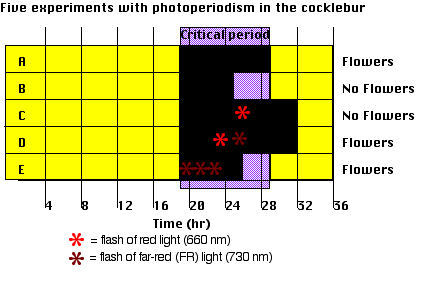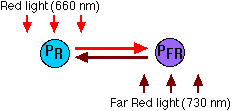I understand with being ill and all.. But like I was saying.. If the 660 is contaminated... Meaning Blue/UV light is present when flashed or used as a PAD light .. Then you will get a false positive. Hence why most people think 660 can't be used in the darkness.. But it can.
And if it didn't get confusing enough.. This is how you need to test for UV contamination in red 660 led's.
This quote is from Sal in a previous post on a diff thread/board.
" The plants are just as UV sensitive as they are Blue light sensitive and will trigger at radiance levels as low as 1/5th Watt per Square Foot of monochromatic radiation if it appears between the 280 to 520nm band. The veg trigger bands.
Detecting UV contamination is a little more tricky than detecting visible Blue light contamination. You need to expose phosphors with some Blue emission directly to the LED (and other) radiation and observe the phosphor looking through a Blue filter. If UV is present the phosphor will emit some Blue light that is visible through the Blue Filter, which blocks out the Red.
UV from Red and other LEDs -
With the demand for higher output LEDs and especially with the popularity of the
Dogma that UV increases potency, LEDs producing secondary UV emissions are being manufactured in china and marketed for plant growth and they are appearing on the market.
Part of the situation is that the best emitting LED us "Clearlake" cases which do not filter out UV.
"
I avoid all this crap and use the filters I showed U from above if I use 660nm led's.. lol
As I stated in a previous post.. Using 660nm LED as PAD lighting gets kind of tricky.. It's not easy seeing UV or Blue light bleed..
But you will know you have it because the RED 660 led's being used will cause a blue/UV veg trigger.. (hence PAD is a Hoax). See my point?
Here is how I practice this PAD stuff on the cheap.
Anyone that wants to play around with this PAD method using real cheap bulbs... The below bulbs can be used.. No the red cfl is not pure 660nm.. It's basically 600 through 720nm. I will also put up the spectrum chart. But the red cfl works just fine on the cheap and has NO blue light contamination..
The reptile Black incandescent bulb is used as a cheap far red 730 source..
*Note: You can only use Black
INC bulbs for a cheap far red source. NOT black florescent bulbs.. Black light Fluorescent bulbs have zero far red 730nm emission and are worthless for growing plants.. Just thought I would clear that up from an earlier post. :)
View attachment 381160 View attachment 381161 View attachment 381162







